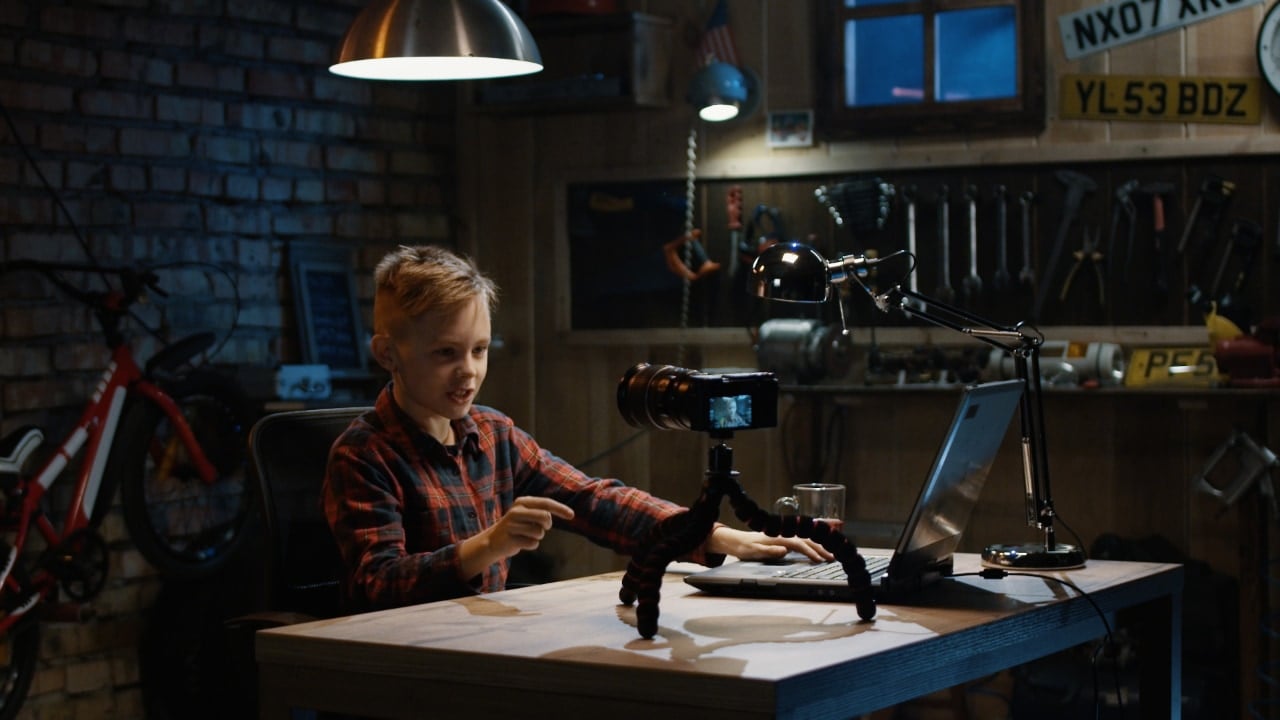
Tutorials on YouTube often skirt around basic technique, because basic technique, while effective, is difficult and boring – and difficult and boring doesn’t get clicks.
Go and Google up some online lighting courses. It’s a good idea because there’s always something to learn from someone else’s work. But sometimes YouTube’s tendency to prioritize things with “simple trick” in the title starts to feel like a warning.
For an example of such a simple trick, set that search for lighting courses to return images, and notice just how many of them are artful silhouettes (it’s this observation that started the conversation that led to this article in the first place). Lots of them look a lot like movie posters, which tells us a few things: the movie industry believes that artful silhouettes sell movies, and the movie industry possibly knows what it’s doing. It’s also an approach to photography that works on YouTube budgets. It’s a great idea. It’s such a great idea, in fact, that lots of people have talked about both darkness and backlight in the past. And, as we’ve just inadvertently admitted, so have we, which probably makes this article a bit of a mea culpa.
Lighting everything to be an outline works, in part, because we put things in someone else’s in-tray. Wardrobe, hair and makeup do most of the storytelling. If the subject is a young woman in a long wool coat and a beret, it’s a mid-century coming-of-age character piece, and the light will be golden and friendly. If it’s a hulking individual in angular body armor, it’s a sci-fi action movie, and the light will probably be actinic blue.
There are all kinds of other ways to shepherd the viewer’s brain toward the conclusion that one’s short film is the prettiest thing ever seen by a human, and most of them have been used to push tutorial videos. Put “Deakins” in the title (example doesn’t deserve the traffic), or describe things as “Netflix quality” (it isn’t) or “like you’d see on HBO or Netflix,” (you wouldn’t) and skyrocketing YouTube subscription rates are inevitable.
Some of these people have even gone so far as to put the Big Red N on the front of things that definitely weren’t shot for Big Red N. The result is often faux xen, style without substance; photography that tells us so little about the scene that it’s more or less useless at any point in a narrative scene after the hero has finished posing in the doorway. Door explodes off its hinges; drifting mist, heavy backlight, dramatic chord, Big Red N, and a chorus of adulation in the comments section below.
And yes, it’s curmudgeonly to complain about people posting tutorials as user-generated content under circumstances you have nothing to lose but your time. There’s always something to be learned from watching someone else’s work. Still, when people start to do this on the fee-paying tutorial sites, treating YouTube as a loss leader to a healthy income from Patreon or spendy LUT packs, it’s hard not to recommend exactly the same caution that many people propose when the issue of expensive film schools is discussed.
Like and subscribe!
In the end, one of the best things about the internet is that it’s possible to get a practically degree-level education in more or less anything for next to nothing. That is a very good thing in comparison to a six-figure film school education. If there’s a problem, here, it’s that we’re still being sold something on YouTube in return for our attention. The currency of social media is user eyeballs, and that means the imperative of a YouTube auteur is not necessarily to teach anyone how to win a cinematography Oscar, but simply to keep people watching.
The takeaway from this is to be picky, a necessary skill for the modern internet in just the same way as telling the fake oil heirs apart from the real ones. Nothing about camerawork that can be explained in a five minute video or an 800-word column is ever going to be a solution to everything that might pass in front of a lens. Yes, you can make a ten-year-old camera look wonderful with a few bits of polystyrene insulating board and an ambitious flashlight, but what we get often skirts around basic technique, because basic technique, while effective, is difficult and boring – and difficult and boring doesn’t get clicks.
To end on a high note, let’s recognise some of the genuinely good instructional material out there. The wonderful Jacques Crafford regularly gets two million views on a video and therefore doesn’t really need a plug here, but he does have some excellent techniques for getting the best out of tedious locations, gaffing to augment available light, and other things that we should probably examine in more detail in future – because they help keep things pretty while still keeping them visible, in a way that doesn’t require everything to be taking place during a Michael Bay sunset.
Tags: Production


Comments